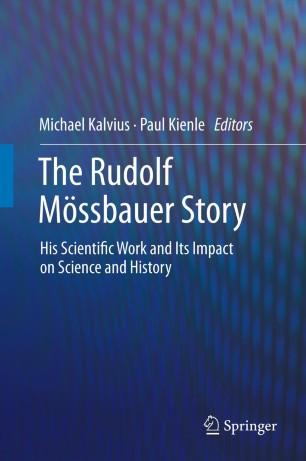The Early Developments of the Theory of the Mössbauer Effect

Rudolf Mössbauer’s first paper was followed by an avalanche of papers many of which simply reproduced Mössbauer’s experiment, obtained exactly the same results without adding anything new and were published in refereed journals as original results. This unique phenomenon reflected the general feeling in the nuclear physics community that this experiment must be wrong and that it was necessary to correct this error by doing the experiment right.
I was spending a year at the University of Illinois at Urbana, following up my own experimental research program in beta ray polarization measurements after the discovery of parity nonconservation. I directed Hans Frauenfelder’s group of students and postdocs in their polarization experiments which paralleled those of my group at Weizmann, while Hans was on sabbatical at CERN. We both knew that the parity game was closing down. The exciting controversial days of exploring the weak interaction in beta decay were over. The new data confirmed completely the universal V–A interaction of Marshak and Sudarshan and the two component neutrino with left-handed neutrinos and right-handed antineutrinos. We needed a new experimental program and Hans had met Mössbauer and was very impressed. He sent us a reprint and suggested that we look into it. This led to my consultation with Fred Seitz and to the beginning of the Urbana Mössbauer program which was just getting started when I left and was continued by Hans with great success.